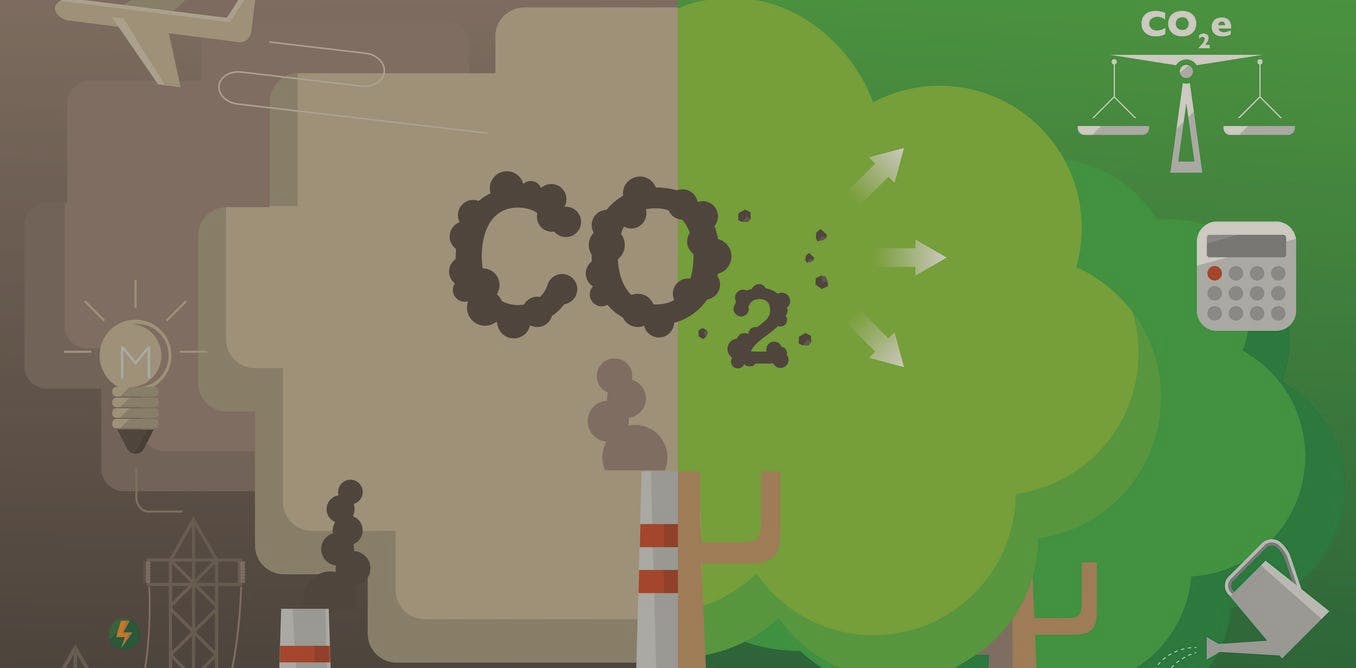“The enemy of a good plan is the dream of a perfect plan.”
Carl von Clausewitz
Carl wasn’t thinking of climate change, rather how to best his nemesis Napoleon, but his words may have echoed in the ears of those who devised net-zero. We need to stop pumping CO2 into the atmosphere, but such a feat seems rather daunting in a global economy so entwined with fossil fuels. So net zero represents a compromise – cut emissions as far as we can, then net off, or offset, what is left by removing the same amount of CO2 that is still being emitted. So, a company emits 100 tonnes of CO2 a year. It cuts emissions down to 10 tonnes, then removes 10 tonnes of CO2 from the atmosphere. Voila, we are at zero. Carl, the arch pragmatist, would no doubt approve. But there are problems.
For a start, the focus should be on the zero, not on the net. But it’s already clear that net is where many companies are focusing their efforts. And why wouldn’t they – companies barely look past next quarter’s results so the chance to offset emissions decades into the future is far more appealing than reevaluating their business models today. This is why so many companies are looking to buy offsets.
Avoiding emissions, not removing them
These are basically carbon credits generated by projects around the world, for example by planting trees, that can be bought by companies to offset their emissions. The problem is the vast majority don’t actually remove CO2 from the atmosphere. They can be issued by renewable energy projects, which simply avoid emissions. They can even be issued by coal plants that become more efficient. Other examples include protecting forestry, which merely preserves the status quo, and carbon capture and storage (often referred to simply as CCS), which again merely prevents carbon entering the atmosphere. All these types of offset are incompatible with net zero.
Today, only 5% of offsets actually remove CO2, the vast majority of which involve planting trees in reforestation or afforestation (planting trees where there were none before) projects. But there simply isn’t enough land to achieve net zero through these projects alone – to do so would require land equivalent in size to Saudi Arabia and Brazil combined. Even if there were enough, many of these schemes are flawed. Forests are not permanent stores of carbon as they can burn or be cut down – this summer alone 250,000 acres of Californian forests specifically planted for offsets were lost to wildfires. Single crop monocultures account for almost half of all planned reforestation projects and have been shown to store 40 times less carbon than forests that regenerate naturally.
Removing carbon is an expensive business
There are even issues with projects that do remove carbon. The first, called BECCS, involves growing vegetation then using it to create bioenergy and capture the CO2 emitted. All good in theory, but to achieve net-zero would require the equivalent of 40% of the world’s cropland. That leaves the gold standard of offsets – literally sucking CO2 out of the atmosphere, a process known as direct air capture, or DACCS. But this is expensive – a recent project that opened in Iceland costs USD 600-800 to remove a tonne of carbon. The average carbon credit costs about USD 3-5. The cost of DACCS will come down, but the scale needed to make a real difference is a long way off.
So there you have it. Net-zero relies on offsets, and most offsets are unreliable or cannot be scaled up fast enough. The good news is that people are starting to wise up. The Science Based Targets initiative, the main body devising net-zero standards for companies, has said only offset projects that remove carbon from the atmosphere should count towards a net-zero target.
But many issues remain. Given all the questions surrounding the net, the safest, most sensible option is to focus on zero. There is no substitute for cutting emissions.
For more details on net-zero and offsets, click here.





